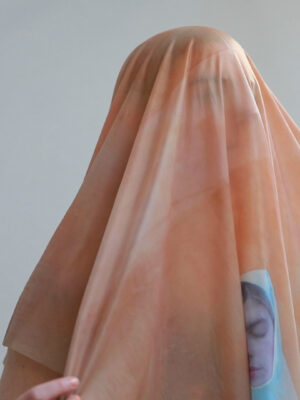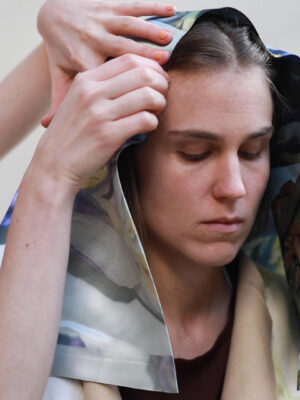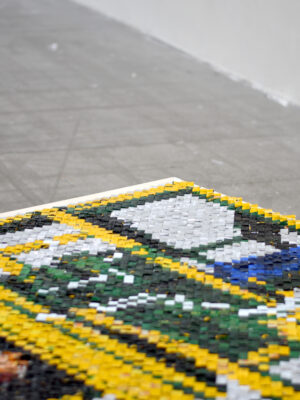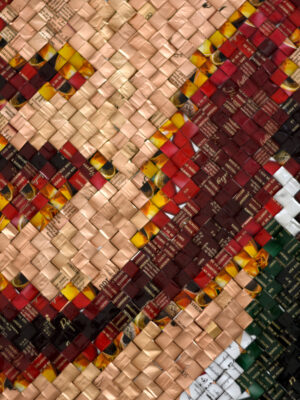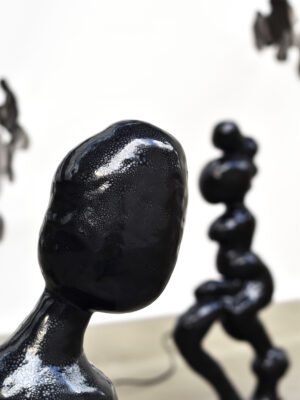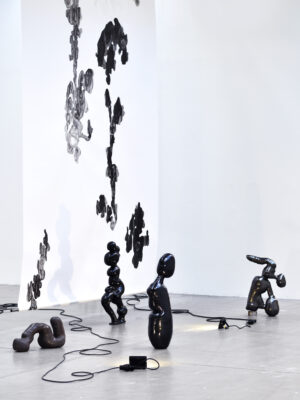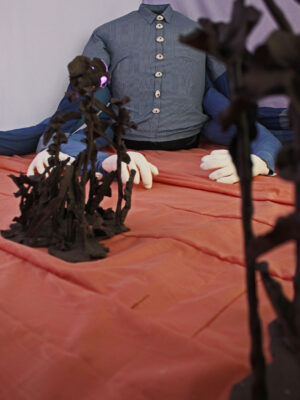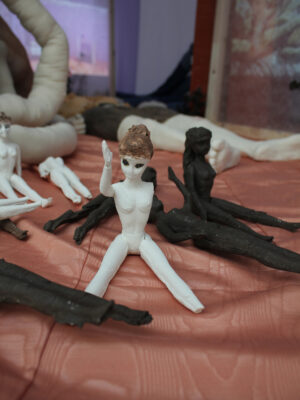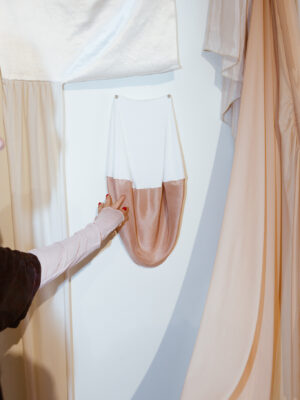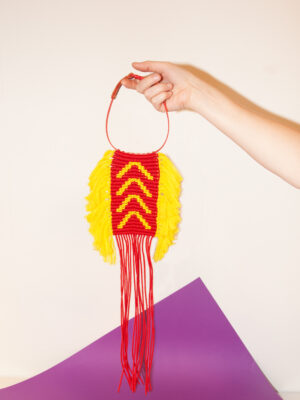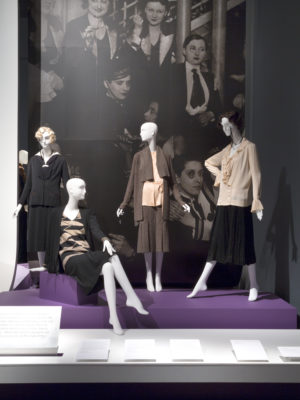Emelie Liljebäck
Finding Presence of The Absent

To those who are soon forgotten.
“The house was a small place inside a bigger, or a small story inside a greater.”*
My degree project is concerned with the ordinary stories. It is about the forgotten and the things that have gone unnoticed. It is about the female history and is a political exploration into what and who are allowed to take space. I focus on everyday life in a domestic space, where I see these things that are discarded, often overlooked and not talked about.
I explore society from the point of view of a kitchen with a grandmother’s life in focus. It is a story about everyday rituals in the home, which are an important cultural deed. The objects support her in these rituals, and they also help me to narrate.
My objects create a room to remember those who are soon no longer with us.
* Rebecca Solnit, Gå vilse. En fälthandbok, (Göteborg: Bokförlaget Daidalos AB 2012) p 215. (Own translation of quote).
Amanda Elida Varhaugvik
A Merging of Costumes, Voice & Transcendence
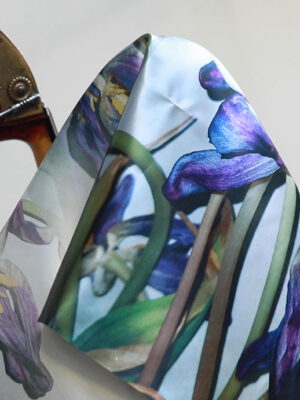
A Merging of Costumes, Voice & Transcendence is a performance work presenting costume as the main performer.
In this piece, the body is used as a supportive structure and the voice as an enchanting tool to demand presence.
Entering, to create a transcendent experience of textile in a secular art space.
Lisa Juntunen Roos
(kahvi) Break with Tradition
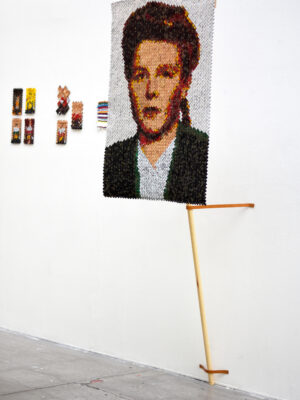
This is a story about female making and hidden knowledge, about tradition and empowerment and it begins in Finland in 1946.
In my degree project, I explore the history of textile craft, the traditions existing within it and the consequences they have had on its practitioners throughout history. I study the concept of tradition and why we choose to repeat behaviours as well as patterns or colours.
Malin Ida Eriksson
When Time Becomes Form: The Monuments
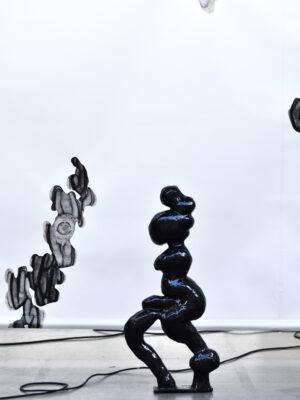
In the work When Time Becomes Form: The Monuments, I have created a method of finding new shapes for sculptures based on ceramic techniques. The sculptures originate from ink paintings, which are created by unfired coiled vessels made in clay. These dry vessels are filled with ink coloured water and because of the material’s strong desire to get back to its plastic state, tensions are created and the water starts to leak onto a white paper. The vessels paint pictures created by chance, and the paintings stand as sketches for sculptures. After this, I translate the two-dimensional images on the paper into three-dimensional objects in clay. I view my vessels as tools that I use as a painter who uses her brushes. The sculptures stand as monuments – as a memory of a time that has passed.
My degree project revolves around thoughts on transience and the passing of time.
Simone Kuhs
It Must Be a Bad Child
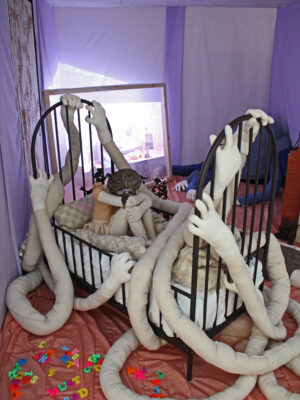
I build rooms, installations where I combine objects into scenes. This scene is an attempt to portray feelings and mental states surrounding sexual abuse. I’m building a girl’s room, but it’s more of a psychological place than a real room. I want to let the girl take her place and show a trauma that lives in the hidden, since the surroundings don’t see, in the public space. It’s about living with memories of a trauma in a traumatised body. I place two larger sculptures in the installation, a girl and a woman who share the (mental) room. The selection of materials is an important part of my practice. In my installations, there is almost always a feeling of discomfort, that things are not what they seem at first. I use the expectations that exist around different materials and what they symbolise and create uncertainty in the room by, for example, giving them new places and functions. I use film to bring movement into the installation. The sculptures come to life through the film. The film contains no sound, as I see the state that I portray as silent.


